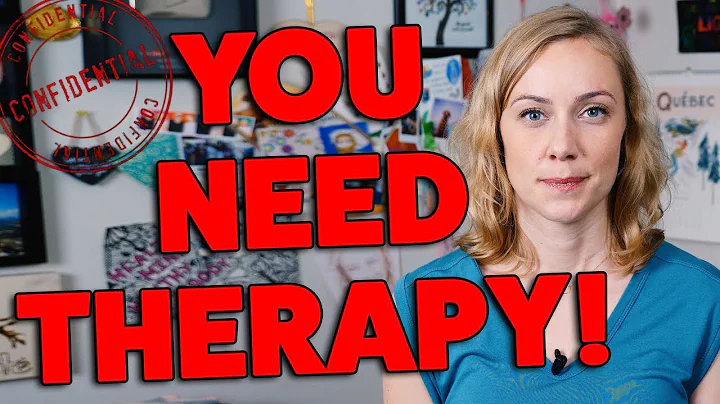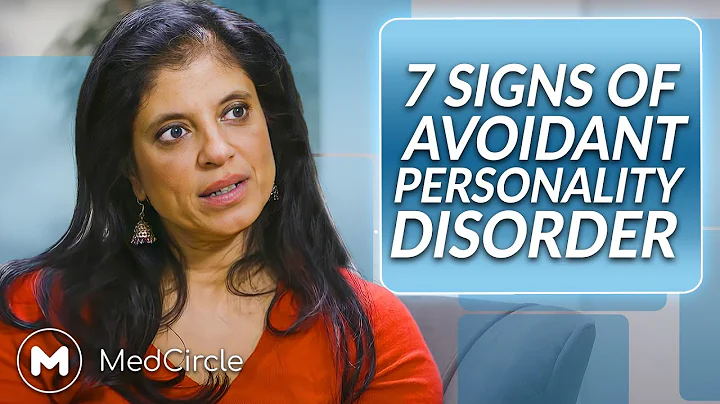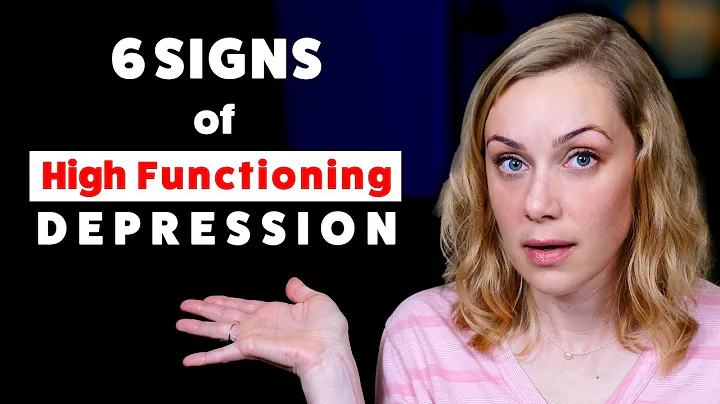The number of words in this article is 4775, and the estimated reading time is 12 minutes.
Reading makes people fulfilled, and sharing makes people happy. The article is accompanied by a mind map to help you sort out the essence of the text. Welcome to read, you are one step closer to knowledge.
The book shared today is "Empire of Depression"
The author of the book [US] Jonathan Sadowsky, professor of medical history at Case Western Reserve University, and his research directions for many years are psychiatry epidemiology , clinical psychiatry, medical anthropology, history of psychological diseases treatment and history of depression , etc.
The history of human depression you don’t know transcends the microscopic and individual cognitive limitations, reverses vitality from a grand perspective, and see clearly is the beginning of healing. Experts in psychiatric history authoritatively interpret depression, revealing the entire mystery of depression in the story.
This is a book about the history of depression, which has triggered us to think deeply about depression, completely reveal the truth, and then get out of the gloom of depression. The author of this book is a famous historian of psychiatry. He interprets depression from the perspectives of concept, theory, treatment, current status, etc. by sorting out the historical context of depression. In rich and vivid historical stories, anecdotes and scientific research, it provides readers with a grand and new perspective that spans thousands of years, helping us to understand depression more diverse, three-dimensional, open and profound.
When the confusion that was originally confined to self-limiting was answered, everything about depression suddenly became clear! Let go of your burden, go into battle easily, and take the initiative to control depression is now in our own hands!

01, Understanding Depression
According to the latest survey by the World Health Organization , depression is now the largest single-contributing disease to the global health burden. The survey estimates that 300 million people worldwide suffer from depression, an increase of 18% between 2005 and 2015. In 2011 and 2014, about 1 in 9 Americans said they took antidepressants. Many of them took drugs called “anti-depressants” for other problems such as insomnia and pain management, but the number of diagnoses of depression has increased significantly.
We have mentioned depression in many books. For example, in the book "Abyss", it believes that the reason why a person suffers from depression is not because he lacks motivation in life, but because his motivation is too strong, which stimulates strong confrontation in the emotional system, thereby swallowing up all motivations.
. In this book, the author said that from the recorded ancient times, humans began to fight against pathological depression and proposed countless treatment plans. However, from paying attention to a pathological situation, to confirming a disease, to fully understanding this disease, there is a long way to go. Changes in understanding depression are also accompanied by countless bold and even risk-filled medical practices.
Although scientists began to study depression since the 19th century, it was not until 1980 that the psychiatric community officially identified depression as a clinical disease and wrote it to the "Diagnostic and Statistical Manual of Mental Diseases". At that time, there was also great controversy about whether it was really necessary to set up such a new title, whether the naming of "depression" was accurate enough to define what the key symptoms of depression were.
So is depression a disease? What perspective should we look at it?
 , uncertainty
, uncertainty
Even today, human science is still far from understanding depression, and we are not clear about the complete pathological mechanism of this disease; most depression drugs are found to have side effects of improving depression in other experiments, and then they are put into use; even after depression is written into the Diagnostic and Statistical Manual of Mental Diseases, each revision of the manual will make major changes to the related entries related to depression.
In other words, our understanding of depression is still constantly being updated. And in different eras and cultural contexts, people have different understandings of depression.The diagnosis rate of symptoms and diagnosis of depression is much higher in Europe and the United States than elsewhere, and the cause is unclear. For example, from 2011 to 2014, more than one-nine of Americans received medication for depression.
For example, in the United States, there is a female student named Yifei Mailu from Nigeria . She is a refugee and has no legal status in the United States. Therefore, she cannot find a job and has many difficulties in life. Soon, Yifei Mailu developed symptoms such as drowsiness, sadness, and social withdrawal. Her aunt is a psychologist trained in the United States and believes that this is typical of depression. But Yifei Mailu retorted her aunt: It is not science at all, but just an American culture to attribute all problems in life to mental illness and to diagnose all discomforts. She believes that her situation is not about getting sick, but about her normal reaction when facing major difficulties. As long as she gets her identity and finds a job, it will be fine. Later, Yifei Mailu did solve her psychological problems by improving her living conditions.
Then, the author said, maybe we are not experiencing the epidemic of depression, but call certain problems "depression". So does this mean that depression is just a matter of cultural understanding in Europe and the United States, and a way to understand sadness?
2. Cultural influence
I wonder if you have heard of a word called "cultural constraint syndrome", also called cultural constraint syndrome. It refers to a series of symptoms related to cultural background. Only people from a specific ethnic group or region will report these symptoms at the same time, and some symptoms even only appear in these ethnic group or region.
Locals will name a disease with these symptoms, but the outside world does not recognize it. Many scholars believe that most cultural constraint syndrome is not an independent disease, but a special symptom of other problems under the influence of culture, or is simply a cultural habit. So, is depression a culturally restrictive syndrome?
The author believes that the existence of depression is supported by a large amount of evidence and has universal social significance. Culturally restricted, it is not so much depression as it is the mainstream understanding of depression in modern psychiatry and psychology.
The author admits that the naming of depression itself is closely related to Western history, especially modern Western history. However, different naming and knowledge systems were formed in different eras, and the name "depression" was not yet popular at that time. With the rise of humanism , Europeans began to associate depression with the essence of human beings, believing that it is the embodiment of the nobleness and sensitivity of human nature.
For example, Hamlet from Shakespeare is the representative of this noble and melancholy. Because his father was killed and the throne was usurped, he began to get tired of the world because of his ugliness in the world, and he became disgusted with the meaning of existence and the nature of man, and raised the famous question of "existence or destruction". This charming state of sadness, meditation, wisdom and literary talent in Hamlet is called "melancholy". Contrary to melancholy is Hamlet's girlfriend Ophelia 's mental state. Ophelia also suffered misfortune, but she was defeated by sadness, crazy and lost her mind, and this state was called "depression".
People at that time believed that only European men would have noble depression, and only pathological depression would have occurred in women. As for people outside Europe, such as the African slaves they can reach, they cannot understand these complex sorrows.
Nowadays, people who seek medical treatment due to depression are still mainly women, which in turn leads to doctors who can only determine diagnostic criteria based on the symptoms of female patients. Even if men muster up the courage to treat "pathological depression", they are often misdiagnosed. At the same time, many studies in European and American countries have shown that compared with white people, the diagnosis of depression in people of color is more stringent, and many doctors prefer to diagnose schizophrenia of color rather than depression.
Therefore, the author believes that these uncertainties and cultural influences have occurred in the process of human beings' understanding of many diseases. For example, Alzheimer's disease, which is also a mental illness, is also a disease that was recognized before the brain mechanism was confirmed. So, even if medicine does not recognize it, does this disease no longer exist?
The author further pointed out that medicine is both a science and a social consensus. He pointed out that in the entire history of medicine, no one has ever successfully found the boundary between disease and health. In other words, let alone a specific disease, there is no clear definition of the category of "disease".
Therefore, we should consider people's needs and feelings more, which are also real - although the knowledge system of depression is influenced by European and American cultures, the shadow of depression can also be found in the cultural constraint syndrome of many other ethnic groups.
Today, most experts admit that depression is not a single set of symptoms, and its symptoms, diagnosis and treatment are all affected by culture. And the author's attitude is: In any case, naming depression helps patients express their pain. To regard pain as a problem is to take the first step to solving the problem.
02. The essence of depression
So what is the essence of depression? Is it psychological, social, or chemical? The author reminds people: there is no need to adopt an either-or approach to the nature of depression, and different treatment methods are not completely rejected. The former medicine took a detour at this point.
 , Psychological Theory
, Psychological Theory
In modern medicine, "Psychological Theory" is the most well-known. The pioneer of "psychological theory" is psychoanalytic school . The founder of this school, , Freud , believes that the root of depression is that a person loses something important, but cannot express it for some reason, or is unwilling to admit it to himself, which leads to anger turning inside. To treat depression, conversation therapy can allow the doctor to deeply explore the patient's subconscious mind and guide him to realize the true source of his anger and loss, thereby alleviating the condition.
Representative of another branch of the psychoanalytic school June believes that the root cause of depression is low psychological energy. Why is the psychological energy low? Because it has been transferred from the external world of consciousness and transformed inward into the inner subconscious. Jung believes that patients with depression feel lacking energy and unable to concentrate on coping with daily life. In fact, it is the subconscious that the subconscious is telling him: "Hey! Don't make a fuss about external things, pay attention to me, I have something to tell you."
Jung, like Freud, advocates using conversation therapy to treat depression, but he believes that what doctors should guide patients to discover in their subconscious is not the pain of being suppressed, but the unaware of the opportunity to change cognitive and behavioral patterns.
In addition to the psychoanalytic school, another school that is now popular in clinical practice: cognitive behavioral therapy (CBT), also believes that the root cause of depression lies in psychology. This school believes that the root cause of depression is the patient's wrong logical thinking, such as thinking that everything is his own fault. Doctors can start from behavior and thinking at the same time to correct these biased concepts, and the condition will naturally be relieved.
2. Social says
Social says there is a controversy. If depression and pain have reasonable real social reasons, then is it considered depression? Many people think that depression with reasonable reasons is not considered depression. Only sadness that lacks reasonable and realistic reasons can be considered depression.
Until the fifth edition of the "Diagnostic and Statistical Manual of Mental Diseases" in 2013 determined that when a person feels mentally painful, even if the pain has a reasonable social cause, it does not prevent him from being diagnosed with depression. Excessive grief for any reason can be treated as depression. Some psychologists, especially scholars from the psychoanalytic school, have opened up another path to study depression and began to look for the social causes of depression.
For example, the diagnosis rate of depression in women is usually higher than that in men, which is partly due to traditional prejudice: men’s sorrow is a manifestation of wisdom, while women’s sorrow is a disease that needs treatment. In addition, society discourages men from showing fragile emotions, making men's depression symptoms more concealed, which is also a reason. There is also social discrimination and gender inequality that has indeed caused women to fall more frequently into isolation and stressful situations. Mainstream discourse underestimates these pains, which makes women more likely to suffer from depression.
Many studies have shown that vulnerable groups are more likely to be depressed: people who have suffered abuse in childhood, disabled or sick children, refugees and exiles, and of course, low-income people are all more likely to suffer from depression. Although people rarely meet poor people who suffer from depression in their daily lives, the author reminds: the connection between poverty and depression cannot be more natural. Because poor and depressed patients rarely appear in life, it may be just that they don’t have the time and money to seek medical treatment.
3, Chemistry theory
Scientists have been trying to treat depression with drugs and surgery. They have used neurosyphilis, leukotomy, insulin coma therapy and convulsion therapy, etc. These methods have either not effective significantly or have too many side effects, and are gradually eliminated. Around the 1950s and 1960s, scientists finally discovered that the lack of neurotransmitters - either insufficient supply or abnormal receptor function - was an important cause of depression.
Simply put, neurotransmitters are a neuron output tool. Neurons synthesize neurotransmitters and release them into the synaptic gap at the end. Here, neurotransmitters encounter the receptors on the next neuron, bind to them, undergo chemical reactions, and neural signals are transmitted. Neurotransmitters can keep people awake, experience rich emotions, perform physical exercise, etc. If these neurotransmitters are missing or unable to be transmitted for some reason, people will become numb, lethargic, and slow to move.
Scientists do not know what causes the lack of these neurotransmitters, nor can they create these substances out of thin air, but they found that the disappearance of these neurotransmitters can be inhibited by drugs. According to this principle, a famous drug, "Prozac", came into being. Prozac has relatively stable efficacy and relatively small side effects. It quickly became the most common prescription drug for depression and is still in use today.
The author of this book believes that Prozac not only relieves the symptoms of depression, but also completely changes the society's understanding of depression: Since there are medicines to cure this disease, doctors no longer need to spend time and effort to analyze the personal and social causes of depression, conduct lengthy psychological counseling, but only need to spend five minutes to evaluate the symptoms and then prescribe medicine. From then on, depression has truly become a clinical disease: standardized diagnosis and treatment methods, and predictable efficacy.
After depression drugs were widely used in clinical practice, clinical diagnosis of depression increased greatly. Doctors began to describe depression as an ordinary "mental cold". Non-depressed patients also began to follow doctors' advice to purchase various antidepressants to increase happiness and improve efficiency. Antidepressants not only change the public's perception of depression, but also change people's perception of mental health and even their relationship with their own mind. Therefore, the author believes that the era after the invention of antidepressants can be called the "Prozac era".
Generally speaking, regarding the nature of depression, the "psychological theory" attaches importance to the uniqueness of individual cases and helps patients break through themselves; the "social theory" allows depression to find the social pain caused by the system; the "chemical theory" is committed to simply and directly alleviating the symptoms of pain. But the author believes that depression is both personal and social; both psychological and physiological.












